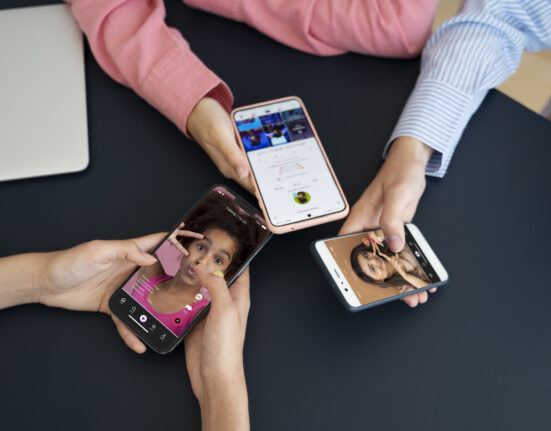Understanding Gamification in Social Media Marketing
Gamification involves applying elements of game design and mechanics to non-gaming situations to encourage participation, interaction, and achievement. In the context of social media marketing, gamification entails using game-like features to engage and reward users, ultimately achieving marketing objectives.
Benefits of Gamification in Social Media Marketing
Increased Engagement:
Gamified elements capture the attention of social media users and encourage them to interact with your content and brand.
Enhanced Brand Loyalty:
Gamification fosters a sense of loyalty and connection to your brand, as users experience fun and rewarding interactions.
Data Collection:
Gamification can facilitate the collection of valuable user data, enabling more personalized and targeted marketing efforts.
Behavioral Insights:
By analyzing user interactions with gamified elements, you can gain insights into user behavior and preferences.
User-Generated Content:
Gamification can inspire users to create and share content related to your brand, expanding your reach and building authenticity.
Virality:
Engaging and fun gamified experiences are more likely to be shared by users, increasing your brand’s visibility.
Innovative Gamification Strategies for Small Business Growth
Contests and Challenges
Create contests or challenges that encourage user participation. For instance, you can challenge users to share creative photos featuring your product, with the chance to win prizes. This approach generates user-generated content and spreads brand awareness.
Rewards and Loyalty Programs
Implement a loyalty program that rewards users for their engagement with your brand on social media. Offer points or badges for actions like following, sharing, or leaving reviews, which can be redeemed for discounts or exclusive products.
Interactive Polls and Quizzes
Conduct interactive polls and quizzes to engage your audience. For example, a clothing brand can run a “Which Outfit Suits You Best?” quiz. Users can then share their results and, if they score well, receive discounts on recommended items.
Virtual Challenges and Leaderboards
Create virtual challenges that encourage users to complete tasks and compete for the top position on a leaderboard. This can be a point-based system, where users earn points for various activities, such as commenting, sharing, or purchasing.
Progress Bars and Milestones
Use progress bars or milestones to track user achievements and encourage continued engagement. For instance, a restaurant can offer a “Dine 5 Times, Get the 6th Meal Free” program, with a progress bar that shows how close users are to their next free meal.
Augmented Reality (AR) Filters and Games
Develop AR filters or games related to your brand. Users can engage with these filters or play games, making the experience more interactive. For example, a cosmetics brand can create AR filters for users to try on virtual makeup.
Easter Egg Hunts
Hide “Easter eggs” or clues within your social media content. Users can search for these hidden elements, leading to rewards or discounts. This approach encourages users to explore your content thoroughly.
Personalized Challenges
Customize challenges for individual users based on their preferences or past interactions with your brand. This tailored approach makes users feel special and recognized.
Collaborative Campaigns
Promote collaborative campaigns that require users to work together to achieve a common goal. For instance, a charity campaign can encourage users to share, like, or comment on posts to unlock donations.
Sweepstakes and Instant Wins
Organize sweepstakes or instant win games. Users can participate by spinning a digital wheel, choosing from hidden prizes, or entering their names into a random drawing for a chance to win.
Case Studies: Gamification Success Stories
Starbucks: Starbucks Rewards
Starbucks’ rewards program is a prime example of gamification. Customers earn stars for each purchase and strive to reach various tiers of membership. This encourages repeated visits and customer loyalty.
Nike: Nike Training Club
Nike’s fitness app incorporates gamified elements by rewarding users with badges and achievements for completing workouts. This approach keeps users engaged and motivated to stay active.
Duolingo: Language Learning
Duolingo employs gamified language lessons that make learning enjoyable. Users earn points, track their progress, and compete with friends, fostering a sense of achievement.
McDonald’s: Monopoly Game
McDonald’s Monopoly game is an annual gamification event where customers collect game pieces on their orders for a chance to win prizes. This campaign drives customer engagement and excitement.
Conclusion
Gamification in social media marketing is an innovative approach that offers numerous benefits for small businesses. By enhancing engagement, building brand loyalty, and fostering user-generated content, gamification can fuel growth and success in a competitive digital landscape. Implementing innovative strategies such as contests, rewards, interactive polls, AR filters, and personalized challenges can create unique and enjoyable experiences for your audience. As social media marketing continues to evolve, small businesses that embrace gamification will stand out and thrive in the dynamic world of digital marketing.















Leave feedback about this